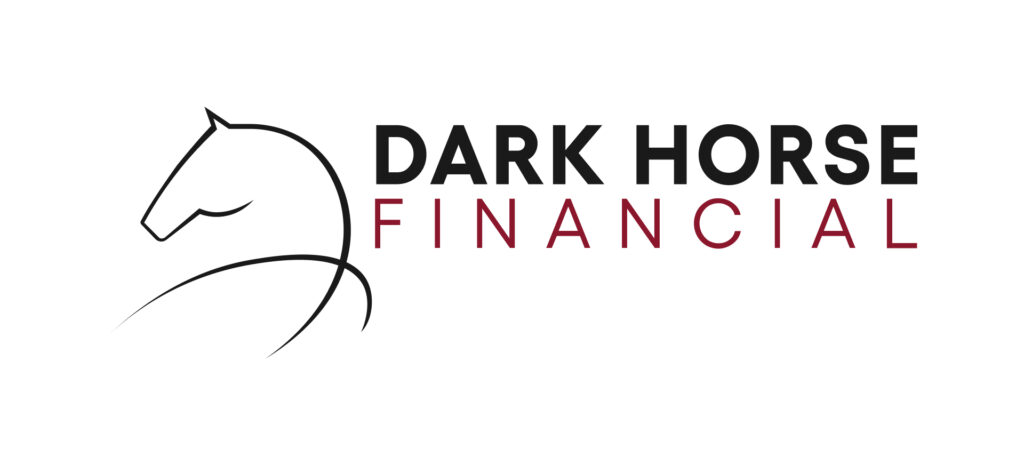Key Takeaways
- Working capital loans help businesses get the funds needed to pay daily expenses, address unexpected costs, and go after growth initiatives.
- For businesses with seasonal revenue cycles, working capital loans offer a financial cushion to cover expenses during off-peak periods.
- SMEs often face challenges like poor credit history, insufficient cash flow, lack of documentation, strict lending criteria, and lack of security—making it difficult to secure working capital loans.
- Business owners can take proactive steps to mitigate these challenges, such as keeping financial documentation, improving credit scores, and exploring alternative lenders.
- The best way to deal with these challenges is to seek help from lending experts like Dark Horse Financial. We can help you find working capital funding that’s customised to your financial situation.
For Australian small businesses, working capital is the key to meeting day-to-day expenses, paying suppliers, and managing cash flow effectively.
One way to ensure you have enough working capital is through loans or financing. However, securing one is often easier said than done. Many SMEs face significant hurdles when applying for funding, which can hinder growth and even threaten their survival.
Let’s explore the common challenges Australian SMEs face when applying for working capital funding. We’ll also provide insights into how businesses can overcome these obstacles and improve their chances of securing the financial support they need.
Understanding Working Capital Funding
Working capital refers to the funds available to cover a business’s short-term operational needs, such as payroll, inventory, rent, and utilities. Thus, working capital funding is the financing used to maintain or boost these funds.
For many SMEs, financing or loans are essential to bridge gaps in cash flow, especially during periods of growth or economic uncertainty. However, the process of securing this can be filled with difficulties.
Why Working Capital Loans Are Important to Small Businesses
Here are several reasons why working capital loans are crucial for small businesses:
Bridging Cash Flow Gaps
Working capital loans provide the funds needed to bridge gaps between paying suppliers/employees and receiving customer payments. These loans ensure that businesses can meet their financial obligations without disrupting operations.
Supporting Day-to-Day Operations
Small businesses often face unexpected expenses, such as equipment repairs, inventory restocking, or emergency costs. Working capital loans provide the flexibility to address these needs promptly.
Seizing Growth Opportunities
Growth opportunities, such as expanding into new markets, launching new products, or taking on larger contracts, often require upfront investment. Working capital loans can provide the capital needed to grab these opportunities and drive business growth.
Managing Seasonal Fluctuations
Many small businesses, particularly those in industries like retail, tourism, or agriculture, experience seasonal fluctuations in revenue. Working capital loans provide a financial cushion to help businesses navigate these fluctuations and maintain stability throughout the year.

Working Capital Funding Application Challenges
Here are some of the common roadblocks businesses face when applying for working capital loans:
1. Poor Credit History
A business’s credit history plays a critical role in securing working capital funding. Lenders use credit scores to evaluate the risk of lending to a business. A poor credit history, whether due to late payments, defaults, or high levels of debt, can significantly reduce your chances of approval.
Solutions:
- Improve your credit score before application. Pay off debts on time and review your credit report for any errors that could be bringing down your score.
- Consider alternative or private lenders who may be more flexible in their criteria. There are plenty of lenders willing to provide bad credit loans and will base their approval on other metrics like your income and cash flow.
2. Inadequate Financial Documentation
One of the most significant barriers to securing working capital funding is the lack of proper financial documentation. Traditional lenders require detailed and accurate financial records to assess a business’s creditworthiness. This includes profit and loss statements, balance sheets, cash flow statements, bank statements, and tax returns.
Solutions:
- Regularly review and update your financial statements to reflect the current state of your business.
- Opt for no-doc or low-doc loan options. Many lenders offer loans without asking for documentation. They will only ask for a read-only view of your business bank statements. However, loan amounts may be lower, and terms may not be as favourable as with full-doc loans.
3. Insufficient Cash Flow
Lenders want to see that your business generates enough cash flow to repay the loan. Insufficient or inconsistent cash flow can be a red flag for some lenders, as it increases the risk of repayment dishonours. Seasonal businesses or those experiencing temporary downturns may struggle to demonstrate stable cash flow.
Solutions:
- Consider applying for invoice financing. This type of working capital harnesses the value of your unpaid invoices. If your cash flow is uneven, invoice financing is one way to advance cash without going through scrutiny during the application process.
- Consider going for a secured loan. Having assets like properties or equipment as security can lessen the risk for lenders and can improve your chances of approval.
- Consider applying for a business line of credit after your strongest seasonal period of trade so you have working capital support at the time you most need access to credit.
4. Lack of Security
One way to increase your chances of approval and secure higher loan amounts and lower rates is through pledging security. These can include assets such as property, equipment, or vehicles. However, not all SMEs have sufficient assets to offer as security.
Solution:
- Explore unsecured loan options, which do not require security. Unsecured loans can be approved much faster, which is ideal for businesses seeking immediate financial relief.
5. Strict Lending Criteria
Traditional lenders, such as banks, often have strict lending criteria that can be difficult for businesses to meet. This includes requirements related to business tenure, revenue, and credit history. Start-ups and smaller businesses may find it particularly challenging to meet these criteria.
Solutions:
- Consider non-traditional funding options, such as alternative or private lending. These lenders have less strict criteria and offer loans for startups and those with bad credit.
- Consider pledging an asset as security for the loan to help decrease the risk for the lender.

6. Lengthy Application Processes
Some working capital loans may take longer to process. Many SMEs are already stretched thin and thus need financing urgently. Delays in approval can also impact cash flow and business operations.
Solutions:
- Work with an expert broker who can guide you through the process and help you meet your timeline.
- Consider fast loans like unsecured loans and overdrafts from non-bank lenders, which can help you address your financial needs immediately.
7. Economic and Industry-Specific Challenges
External factors, such as economic downturns or industry-specific challenges, can also impact your ability to secure working capital funding. Lenders may be more cautious during uncertain times, making it harder for SMEs to access financing.
Solutions:
- Stay informed about economic trends and how they may affect your industry.
- Seek help from a lending expert so you can get access to working capital loans despite difficult times.

Overcoming Working Capital Funding Problems
Here are some additional tips to help you overcome these challenges:
- Plan Ahead: Start the application process early to avoid last-minute stress and delays.
- Stay Informed: Keep up-to-date with changes in the lending landscape and new funding opportunities.
Why Seeking Professional Help Matters
There will always be some application challenges in securing working capital funding. Whether you have a low credit score, uneven cash flow, or a lack of documentation, it’s important to seek help from lending experts like Dark Horse Financial to overcome these challenges. With our help, you can get:
- A customised loan solution that fits your financial situation
- A loan product that addresses your borrowing needs
- Approval in the timeline you need
- The best interest rates and terms for your loan.
In Summary
Securing working capital loans is a critical step for many Australian businesses, but it can come with some challenges. You may have a low credit score or insufficient documentation, making it hard to get a loan with traditional lending institutions.
No worries—there are surefire ways to get around these challenges to get the funding you need and fuel your business’s growth. Whether it’s improving financial records or exploring alternative funding options, there are many ways to overcome these hurdles.
Most importantly, seeking professional help from qualified lending experts can help you avoid all these challenges altogether. With the right help, you can access the best lenders, loan products, terms, and rates, making the process smooth and hassle-free.
Get Working Capital Funding Today
Don’t let funding obstacles hold your business back. Take action today and secure the financial support you need to achieve your goals.





